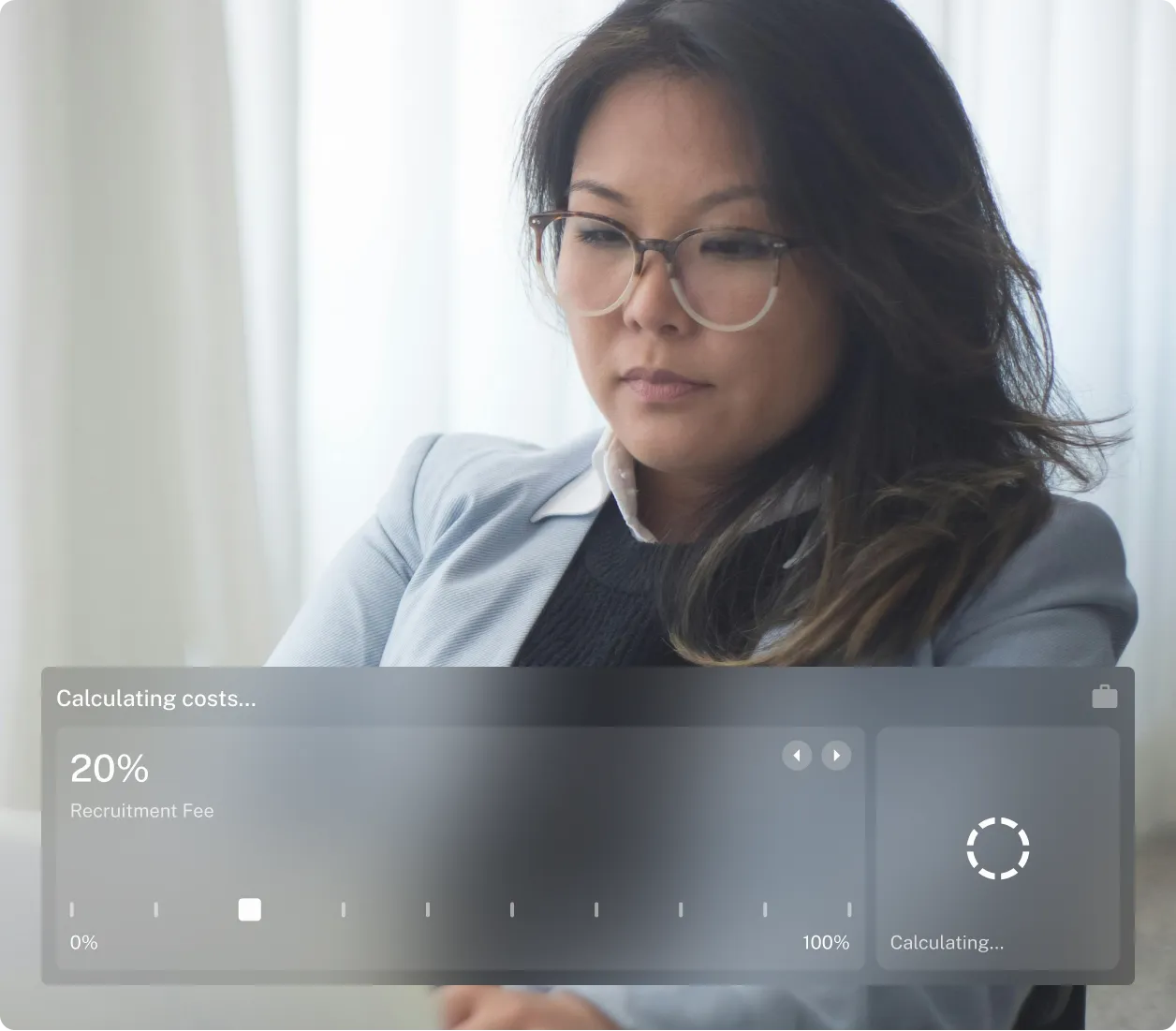
Insights
Punch! Pulse
Fresh perspectives on sales development, technology, and growth from the team giving B2B brands an unfair advantage.
Subscribe to Punch! newsletter
Oops! Something went wrong while submitting the form.
Featured Blog
SDR foundations
How to Increase SDR Retention Rates

Thank you! Your submission has been received!
Oops! Something went wrong while submitting the form.
RESOURCES
Other resources
Explore our library of B2B sales development resources designed to help you maximize your pipeline generation efforts.

B2B outbound ROI calculator
Calculate the potential return on investment from your outbound sales development efforts and see how Punch! can enhance your results.

Build a winning SDR team
Learn proven frameworks for recruiting, training and scaling high-performing sales development teams that consistently deliver qualified opportunities and revenue growth.
Want the unfair advantage?
Schedule 30 minutes to learn how we drive pipeline results from day one.

.svg)
